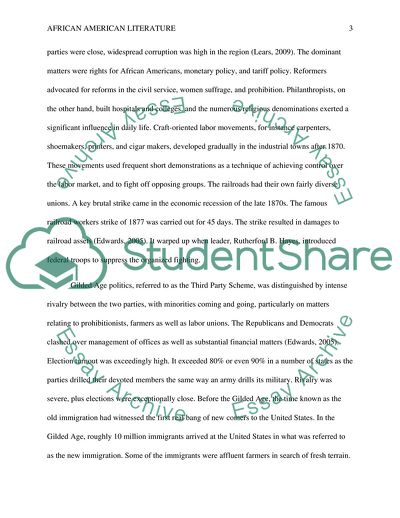African American Literature Coursework Example | Topics and Well Written Essays - 750 words. https://studentshare.org/literature/1778596-african-american-literature
African American Literature Coursework Example | Topics and Well Written Essays - 750 Words. https://studentshare.org/literature/1778596-african-american-literature.


